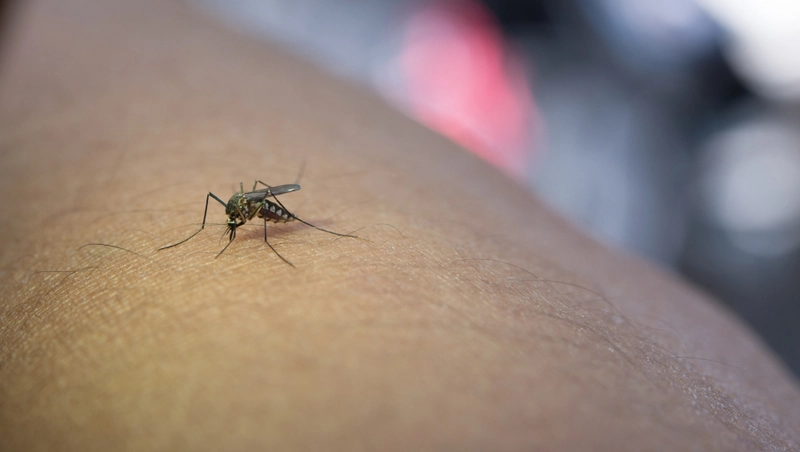- Published on: May 23, 2022
- 3 minute read
- By: Second Medic Expert
Stretch Marks: Causes And Treatment
Stretch marks are markings that often show up on the skin during pregnancy, estrus, or rapid growth spurts. They’re usually red or purple at first, but eventually fade to a silvery white. Pregnancy is the most common cause of stretch marks, but they can also be caused by weight gain during puberty or from certain medical conditions like Cushing’s syndrome. While stretch marks are harmless and don’t pose any health risks, many people find them unsightly and are looking for ways to get rid of them.
There are a number of treatment options available for stretch marks, though none of them are guaranteed to work. Stretch marks are markings that can occur on the skin during periods of rapid growth or stretching. The most common places they appear are on the thighs, buttocks, stomach, and breasts. During pregnancy, these markings often show up around the sixth or seventh month as the skin stretches to accommodate a growing belly.
While stretch marks do not pose any health risks, many people regard them as unsightly blemishes. In general, there are two ways to treat them: topical treatments and laser therapy. Topical treatments for stretch marks include moisturizers, retinoids, creams containing Vitamin C, and body oils like cocoa butter. These products work by stimulating collagen production and improving blood circulation in the area . Stretch marks are markings that can occur on the skin after it has been stretched or distorted in some way. They’re often associated with pregnancy, weight gain, andgrowth spurts during adolescence. However, anyone can develop stretch marks, even though they’re more common in women than men.
Stretch marks usually first appear as reddish or purple lines, but over time they tend to turn a lighter color. They tend to be most visible on the stomach, breasts, hips, thighs, and buttocks—areas where larger amounts of fat are typically stored. There are a number of different factors that can contribute to the development of stretch marks. There are many different causes of stretch marks, from changes in weight to pregnancy and puberty. However, the most common cause of stretch marks is due to rapid weight gain or loss. When the skin stretches quickly, it can cause the collagen fibers to break down, resulting in stretch marks.
There are a number of treatment options available for stretch marks. topical creams and lotions can help to improve the appearance of stretch marks by increasing hydration and elasticity. laser treatments can also be effective in reducing the appearance of stretch marks by stimulating collagen production. If you’re pregnant or breastfeeding, you should speak to your doctor before using any treatments as some ingredients may not be safe for your baby.
Stretch marks are markings that often appear on the skin during periods of fast growth or change. They’re most common during puberty, pregnancy, and after sudden weight gain. Between 40 and 90% of pregnant women get them. Up to 30% of adolescent girls and boys have them too.
For many people, stretch marks are a source of frustration and embarrassment. Fortunately, there are ways to minimize their appearance and even get rid of them completely. In this article, we’ll discuss what causes stretch marks and some of the best treatments available.
What Causes Stretch Marks?
Stretch marks happen when your skin stretches or shrinks too quickly. There are a number of factors that can cause stretch marks, including pregnancy, gain or loss of weight, changes in body composition, and pubertal growth spurts. There is no surefire way to prevent stretch marks from occurring, but there are some things you can do to minimize your risk. Keep your skin hydrated by drinking plenty of water and using a moisturizer regularly. eating a healthy diet and maintaining a healthy body weight will also help to keep your skin stretched taut.
Stretch marks are markings that often appear on the skin during periods of rapid growth or weight gain. Though they're more common in women, both sexes can get them. Stretch marks happen when the skin is stretched beyond its normal capacity, causing the dermis (the middle layer of skin) to tear. This results in a markings or indentations on the surface of the skin. Though they're not dangerous, stretch marks can be unsightly, which is why many people look for ways to get rid of them. There are a number of different treatments for stretch marks, though none of them are guaranteed to work. Some popular methods include topical creams and lotions, laser therapy, and microdermabrasion. There are many different causes of stretch marks, but the most common cause is pregnancy. Stretch marks occur when the skin stretches or shrinks rapidly, causing the collagen and elastin fibers in the skin to break down. This can happen during pregnancy as the skin stretches to accommodate the growing belly. Other causes of stretch marks include weight gain or weight loss, pubertal growth spurts, and bodybuilding.
Stretch marks can occur anywhere on the body, but they are most commonly seen on the stomach, breasts, hips, buttocks, and thighs. They typically appear as lines or streaks that are slightly darker than your surrounding skin color. In some cases they may be itchy or painful.
Our Services
Request A Callback
Recent Posts
Mosquito-Borne Diseases to Watch Out for in 2025
Jul 16,2025
Lipid Profile Test – Normal Range and Risks
Jul 12,2025
How to Prevent Food Poisoning in Monsoon
Jul 10,2025










